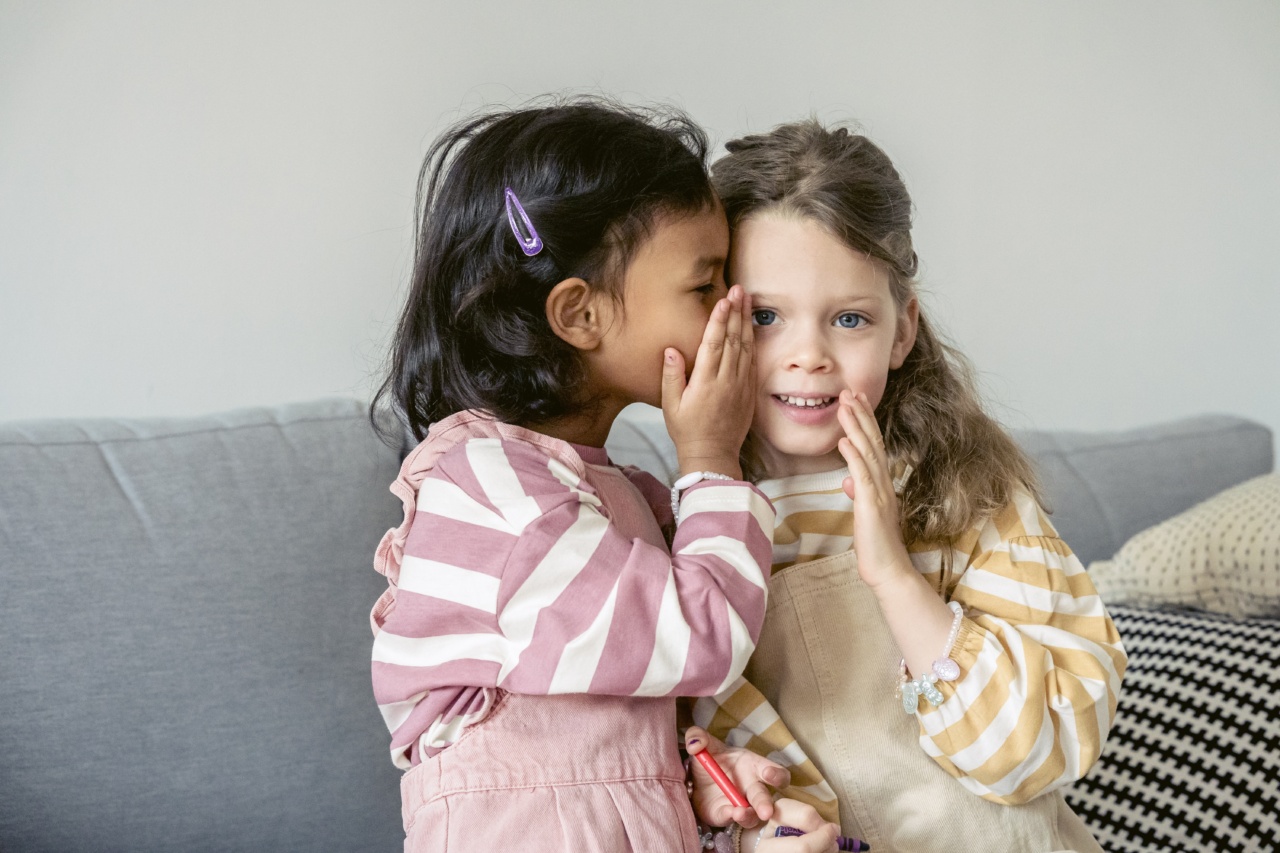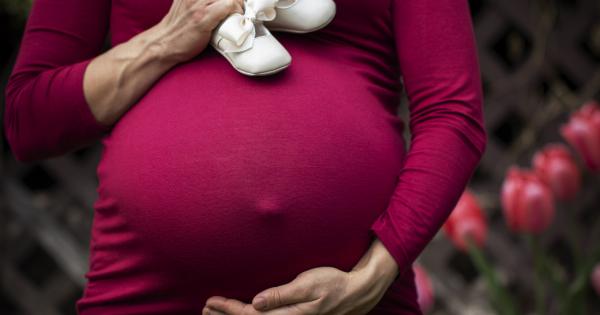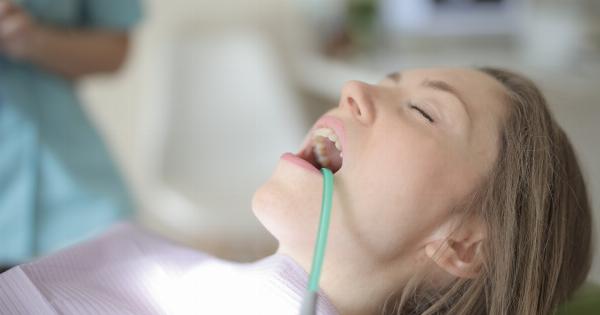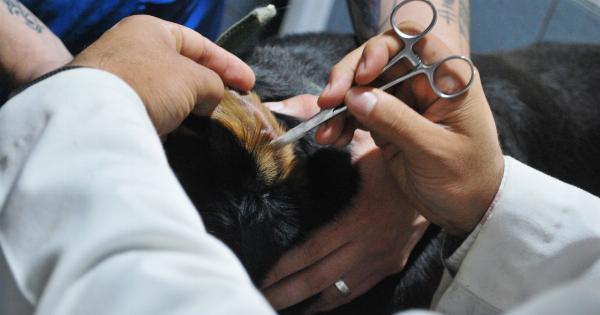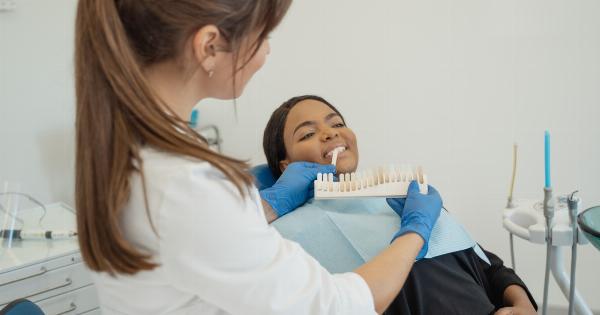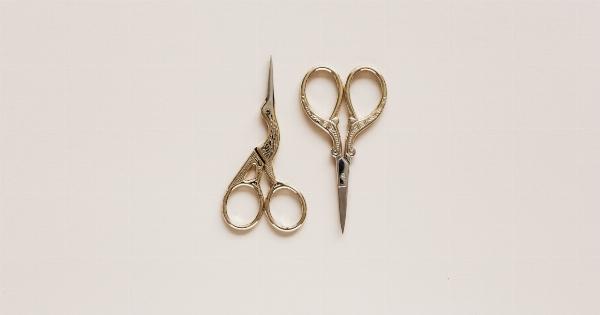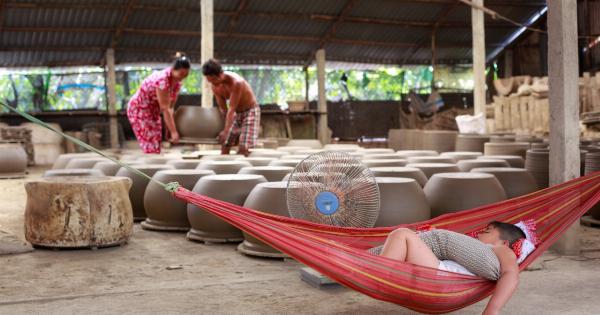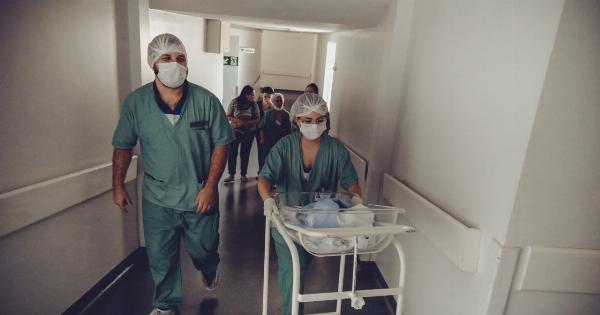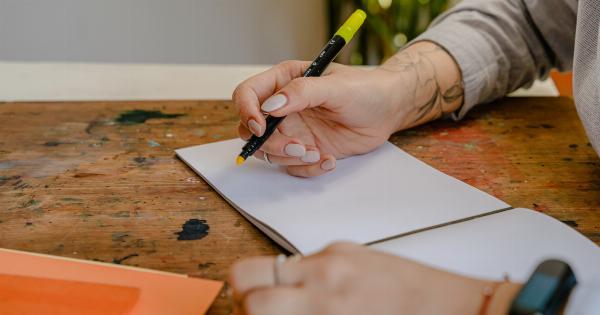Do you ever get pimples on your face or body? Pimples can be a nuisance, but sometimes they can become infected and cause more serious issues. Here are some ways to tell if your pimple is infected and needs medical attention.
Signs of an Infected Pimple
Pimples are typically caused by clogged pores, which can lead to inflammation and redness. However, if bacteria get inside the pore, it can cause an infection. Here are some signs that your pimple may be infected:.
1. Pus
If your pimple has a white or yellow head and is oozing pus, it is likely infected. Pus is a sign of a bacterial infection and should be treated by a medical professional.
2. Redness and Swelling
If your pimple is extremely red and swollen, it may be infected. The inflammation and swelling are signs that your body is trying to fight off an infection.
3. Pain
If your pimple is painful to the touch, it may be infected. Pain is another sign that your body is trying to fight off an infection. If the pain is severe, it is best to seek medical attention.
4. Heat
If your pimple feels warm to the touch, it may be infected. The heat is a result of the inflammation and increased blood flow to the infected area.
5. Fever
If you have a fever and a pimple, it may be a sign that the infection has spread. A fever is a sign that your body is fighting off an infection and should be taken seriously.
What to Do If You Have an Infected Pimple
If you suspect that your pimple is infected, it is important to seek medical attention. Your doctor or dermatologist can examine the pimple and determine if it needs to be drained or if antibiotics are necessary.
In the meantime, you can try these at-home remedies to help soothe the infected area:.
1. Warm Compress
Apply a warm compress to the infected area for 10-15 minutes several times a day. The warmth can help to reduce inflammation and promote healing.
2. Tea Tree Oil
Tea tree oil has antibacterial properties and can help to reduce inflammation. Apply a drop or two to the infected area and massage gently.
3. Aloe Vera
Aloe vera has healing properties and can help to soothe the infected area. Apply a small amount of aloe vera gel to the infected area and allow it to dry.
4. Keep the Area Clean
Keep the infected area clean and dry. Avoid touching your face or picking at the pimple, as this can spread the infection.
When to See a Doctor
If your pimple is extremely painful, has a lot of pus, or is accompanied by a fever, it is important to seek medical attention immediately. Your doctor or dermatologist can examine the pimple and determine if antibiotics or drainage are necessary.
Remember, even if your pimple is not infected, it is important to practice good skin hygiene to prevent future pimples. Wash your face twice a day and avoid touching your face as much as possible.
